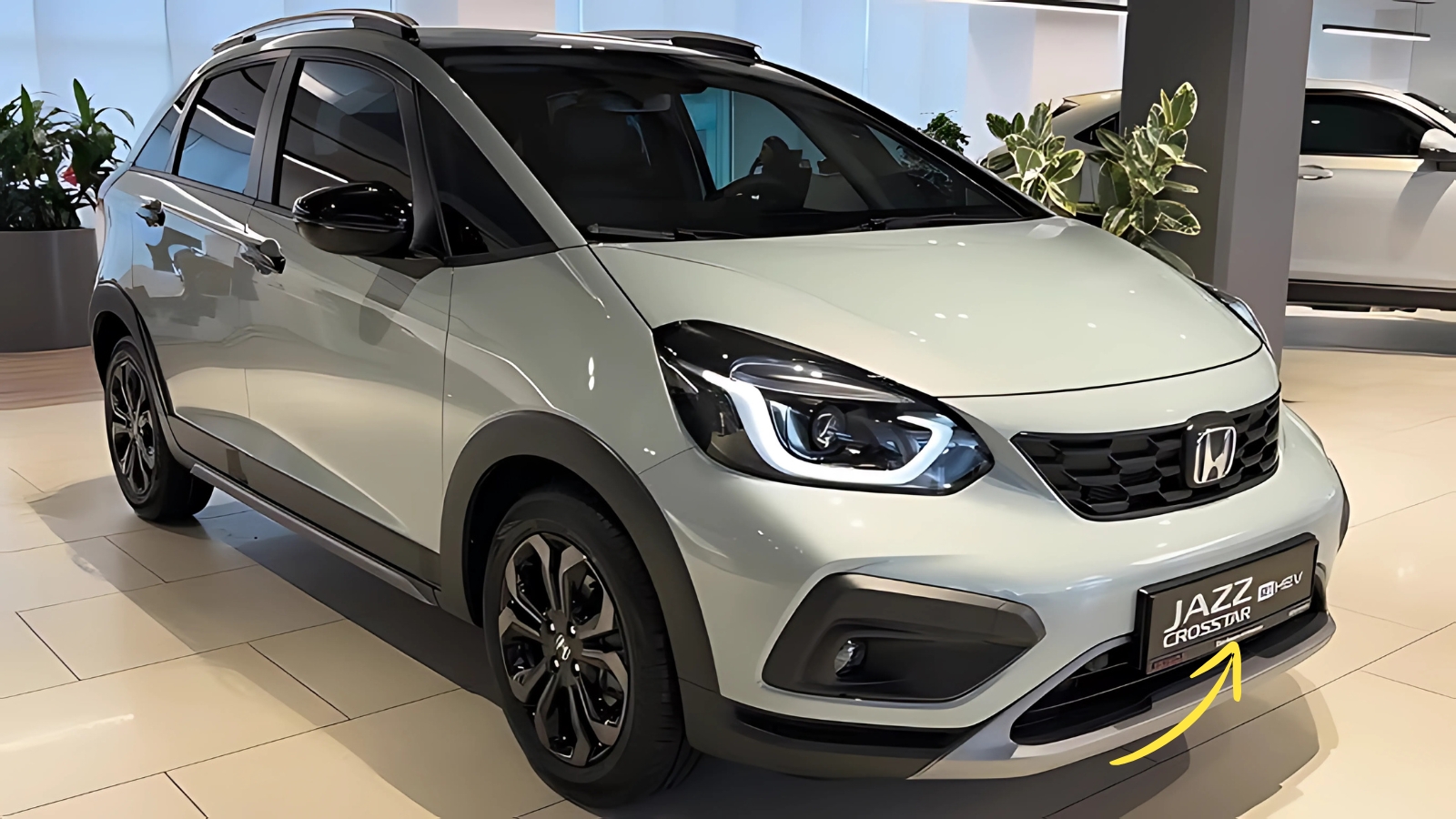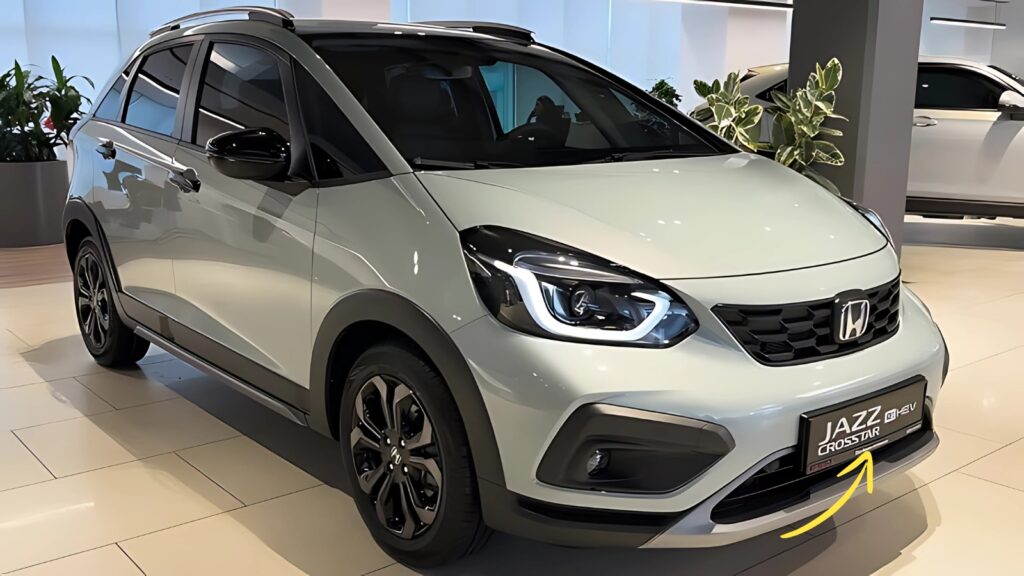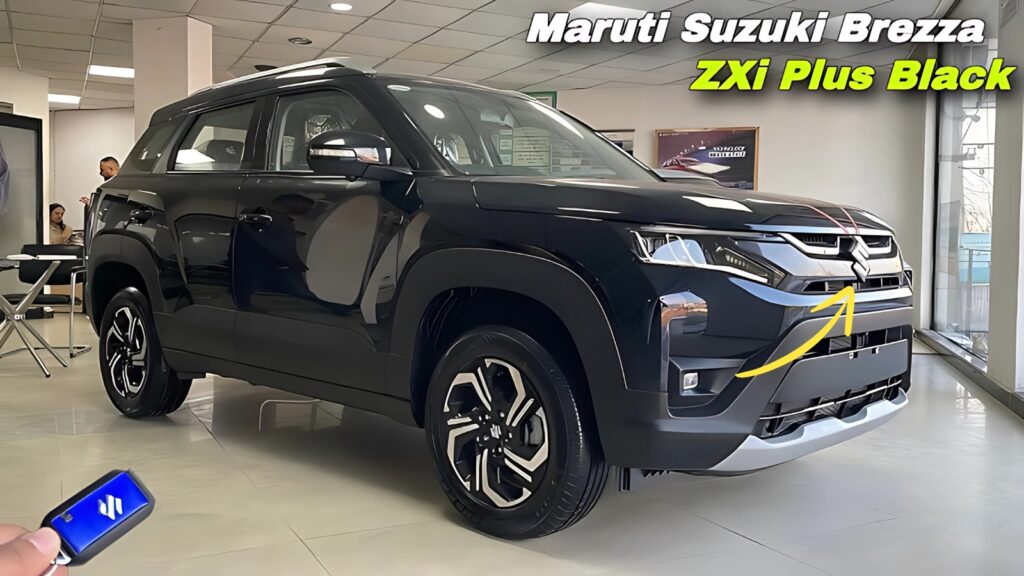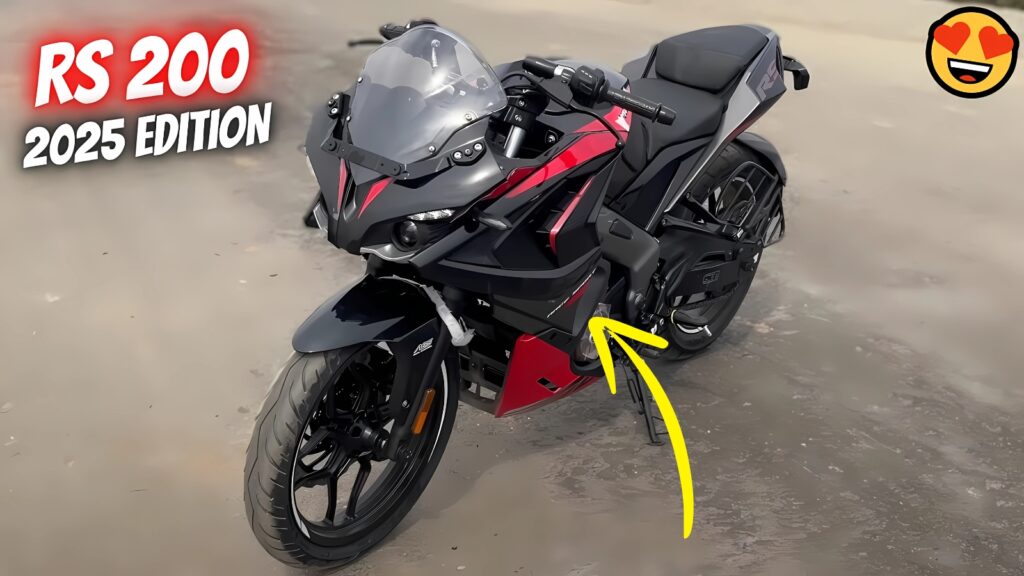Honda Jazz Facelift : The Honda Jazz has always been that rare small car that punches well above its weight class, and the 2024 facelift proves Honda isn’t resting on its laurels. After four years of the current generation establishing itself as a benchmark for practicality and efficiency, this refreshed model brings meaningful improvements that address owner feedback while strengthening the Jazz’s position in an increasingly competitive segment.
Hybrid Power That Actually Delivers
The most significant change lies under the hood, where Honda has extracted more performance from their proven e:HEV hybrid system. The power output now reaches 120bhp – a welcome 14bhp increase that translates to noticeably improved acceleration and highway merging confidence.
What impresses most about this hybrid setup isn’t just the power bump, but the real-world efficiency gains. Honda claims up to 550 miles on a full tank, which transforms the Jazz from a city runabout into a genuinely viable long-distance companion. The CO2 emissions starting at just 82g/km put this small car in company with much larger, more expensive hybrids.
The self-charging aspect remains one of the system’s strongest selling points. Unlike plug-in hybrids that require charging infrastructure planning, the Jazz handles everything automatically through regenerative braking and the petrol engine. For drivers who want hybrid benefits without the charging anxiety, this approach feels refreshingly straightforward.

Design Evolution That Maintains Character
Honda’s design team has walked a careful line between evolution and revolution with this facelift. The updated grille features a more defined diamond-shaped black plastic insert that gives the front end greater presence without abandoning the Jazz’s friendly character.
The darkened headlights create a more sophisticated look, while the overall proportions remain sensibly compact for urban maneuvering. Honda has actually increased the dimensions slightly, but not enough to compromise the Jazz’s legendary ability to slip through tight city spaces.
The new Advance Sport trim deserves special recognition for bringing some much-needed sportiness to the lineup. The exclusive Urban Grey Pearl paint finish, black mirrors, and sportier grille create a more dynamic appearance that should appeal to younger buyers who might otherwise overlook the Jazz.
Interior Upgrades That Matter
Inside, the Advance Sport trim showcases what Honda can achieve when they focus on driver engagement. The suede and grey synthetic upholstery feels more premium than expected, while the new three-spoke steering wheel improves both aesthetics and grip.
More importantly, Honda has revised the throttle mapping to deliver more immediate response, paired with a stiffer suspension setup that genuinely improves cornering confidence. These aren’t transformational changes, but they address criticism that previous Jazz models felt too disconnected from the driving experience.
The Magic Seats system remains one of the Jazz’s most compelling features. The ability to fold the rear seats completely flat or flip them up cinema-style creates cargo flexibility that larger cars can’t match. For buyers who occasionally need to transport awkwardly shaped items, this versatility proves invaluable.
Practical Additions That Respond to Real Needs
Perhaps the most customer-focused update is the addition of towing capability. While 1000kg braked capacity won’t handle large caravans, it opens up possibilities for bike carriers, small trailers, and camping equipment that many Jazz buyers actually need.
This addition reflects Honda’s willingness to listen to customer feedback rather than dictating how the car should be used. The Jazz has always attracted active lifestyle buyers who appreciate its efficiency and practicality – now they can bring more of their gear along.
The Crosstar variant benefits from its own updates, including matching side skirts and new alloy wheel finishes. The addition of Fjord Mist Blue provides another attractive color option for buyers who want something more distinctive than standard choices.
Safety Technology That Keeps Pace
Honda has enhanced the Jazz’s already impressive safety credentials with improved driver assistance technology. The wider angle, higher-definition camera system can now recognize verges without kerbs and markings – important for rural driving where road markings might be inconsistent.
The Traffic Jam Assist function now provides steering support at any speed above standstill, making stop-and-go traffic less stressful. While not revolutionary, these improvements keep the Jazz competitive with newer rivals that launch with the latest safety technology as standard.
The five-star Euro NCAP rating from 2020 remains valid, though direct comparisons with newer models become difficult as testing protocols continue evolving.
Bajaj Pulsar RS 200 – Full dangerous design bike launch with powerful engine
Market Position and Value Reality
The Jazz facelift arrives at an interesting time for small cars. With many manufacturers abandoning the segment for more profitable SUVs, Honda’s continued investment in the Jazz demonstrates real commitment to customers who prioritize efficiency and maneuverability over size and status.
Expected pricing around £18,100 positions the Jazz competitively against remaining rivals like the Volkswagen Polo and what’s left of the Ford Fiesta lineup. The hybrid-only powertrain, which initially seemed limiting, now looks prescient as fuel prices remain volatile and environmental concerns grow.
The three-year warranty (five years for the hybrid system) provides reassurance, though it doesn’t match Toyota’s more generous coverage. Honda’s strong reliability reputation in recent surveys helps offset this disadvantage.
Honda Jazz Facelift The Bigger Picture
The Honda Jazz facelift succeeds by refining an already strong formula rather than attempting dramatic reinvention. The power increase, design improvements, and practical additions like towing capability address real customer concerns while maintaining the core attributes that made the Jazz successful.
For buyers seeking maximum space efficiency, proven reliability, and genuine hybrid benefits without plug-in complications, the updated Jazz remains compelling. The addition of the Advance Sport trim broadens appeal to drivers who want efficiency without sacrificing all driving enjoyment.
In a segment where many competitors have disappeared or moved upmarket, the Jazz facelift represents Honda’s commitment to customers who still value sensible, well-engineered small cars that prioritize substance over style.


